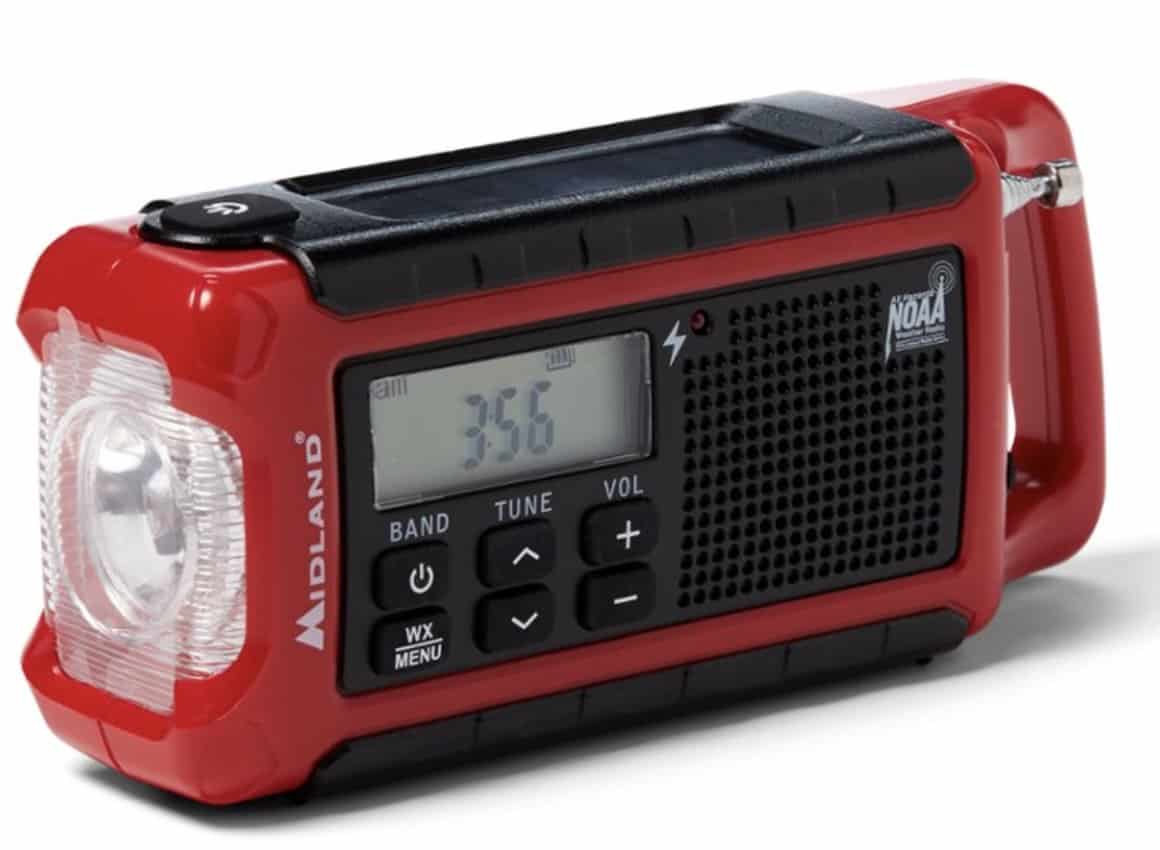
Mobile Wireless Wi-Fi Routers Keep you Connected
With “MiFi,” travelers have the luxury of wireless internet anywhere, anytime
By Shannon Broderick
In the age of smartphones and Wi-Fi, the internet is a must-have while traveling. But data plans can be complicated–not to mention costly.
And nobody wants to deal with roaming charges–why not use a “MiFi”, instead? Even though most of us can connect to the internet with our iPhones, some times in a foreign country you don’t dare to turn on cellular roaming or face the huge fees. What do you do?
The solution is a MiFi. A wireless router connected to a cellular network, MiFis also serve as a mobile Wi-Fi hotspot. With a rechargeable battery and up to five connections at once, a MiFi is better than a cell-phone plan–you can use your laptop and your phone, while your friend does the same.
Though it’s possible to share the device with more than one person, there is only 1 Gig of data available for the $49 fee, so it can run out fast if you’re both watching a video, or posting lots of video and photos to Facebook. Think twice before you give out your personal Mifi’s password!
So how do you know which wireless router is the right one for you?
Tep Wireless

If you’re going on a trip, and don’t necessarily need a long-term, wireless router solution, there are a couple of different companies that offer MiFi’s available for rent. Tep Wireless allows users to rent a device for their trip to 60-odd countries. For $9.95 a day, travelers get unlimited internet, with a 15-meter radius, for five different devices. The device has an eight-hour battery life, with 20 hours on standby.
There are few downsides to the Tep device. While users do not have to pay for the mobile routers themselves, they do have to pay for the chargers and other accessories. Even if one does not use the router, they still pay $9.95 in daily data fees. And with renting, users must undergo the hassle of shipping the device back once they’re finished–still, it’s a perfect option for someone traveling short-term who needs reliable internet.
Tep is a good way to test whether having a Mifi is something that’s valuable to you. GoNOMAD’s editor Max Hartshorne discovered how useful the Tep was on a trip to France in 2015. He loved being able to post photos while on the road, and he became a convert and bought his own Mifi shortly after for the next trip!
XCom
Like Tep, XCom provides wireless rentals to travelers on the go. With coverage in 175 countries, their reach is wider than Tep, which is reflected in their rental plans. For travelers visiting one or two countries, XCom provides a flat rate of $14.95 per day–but if users plan to visit three or more countries on their visit, they must pay a $30 surcharge for each additional country.
XCom also provides monthly packages of $395 per month (up to four countries), which is accompanied by a $99 set up fee, for travelers making longer trips.
Keepgo. Our Choice!
Interested in owning your own “MiFi,” instead of simply renting one? Keepgo offers users the opportunity to travel indefinitely with the internet on the go. For $129, users receive a mobile wifi hotspot, complete with 1GB of Data. And once you run through that data, you can purchase more data, topping off your router for a mere $39 per GB.

Here is a link to find out more about Keepgo.
Unlike Tep, which provides a set amount of non-reusable data each month, Keepgo actively encourages users to conserve their data and to use “every single drop–” data is good for up to one year– which results in savings for users and a long-lasting device.
Keepgo can be used in 64 different countries. Unlike Tep and XCom, their shipping is free in most cases. With a battery life of six hours, the device dies a little quicker than the others–but the reward, in this case, is sweet, because up to 10 devices can be connected to Keepgo at the same time.
Max Hartshorne tested the Keepgo on trips to The Netherlands and to Quebec Canada. Both times it worked flawlessly. WE CHOOSE KEEPGO, their customer service is great, and it’s a much, much better deal. He had problems connecting while in Ecuador to an XCom device, and though the Tep was always reliable, buying the device makes much more sense.
Here is a chart that shows how much bandwidth 1 Gb means:
*10,000 text-only emails
*700 minutes of Skype phone calls
*50 hours of web surfing, not including video
*27 five-minute video views.
*2000 posts to social media with photos
One tip: Browse Facebook through your browser instead of using the Facebook phone app. This will save you a lot of bandwidth. Also, check how many apps have location awareness turned on, this also can use up data.
- Google Flights: A Quick Way to Find Cheap Fares - February 12, 2018
- Dream of Italy: A TV Show About Italy’s Delights - April 5, 2016
- Bring Your Own Wi-Fi When You Travel! - February 10, 2016





